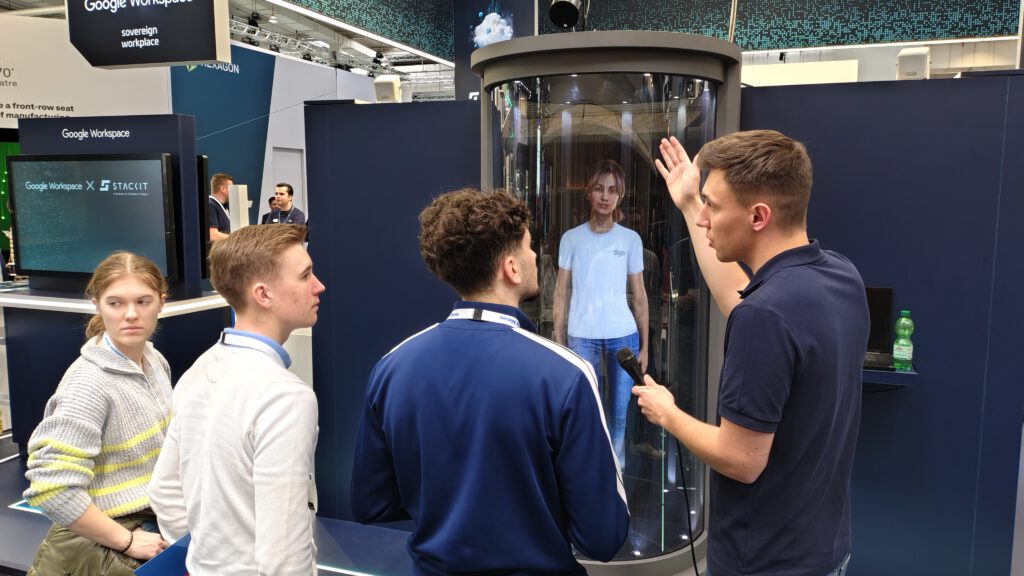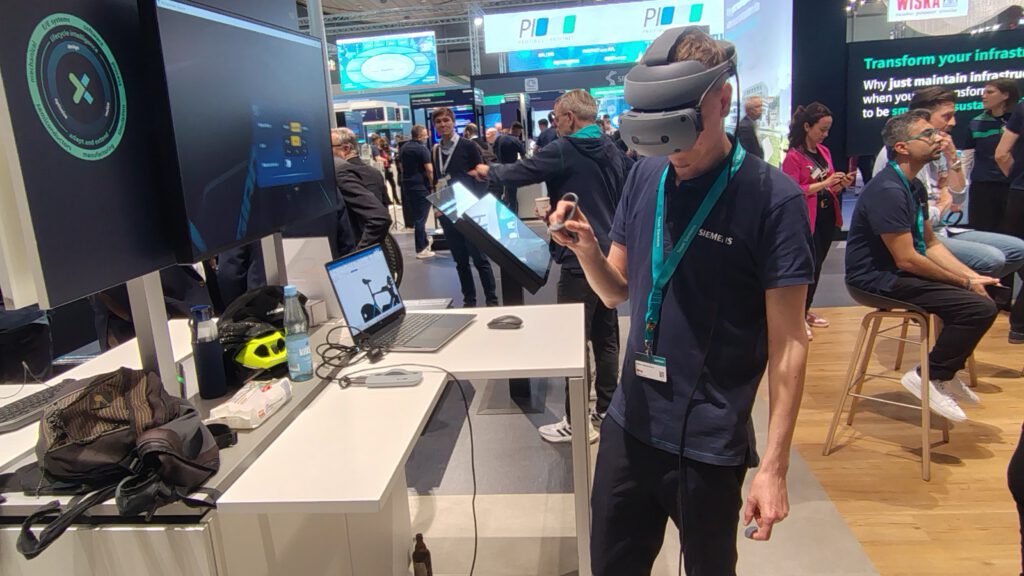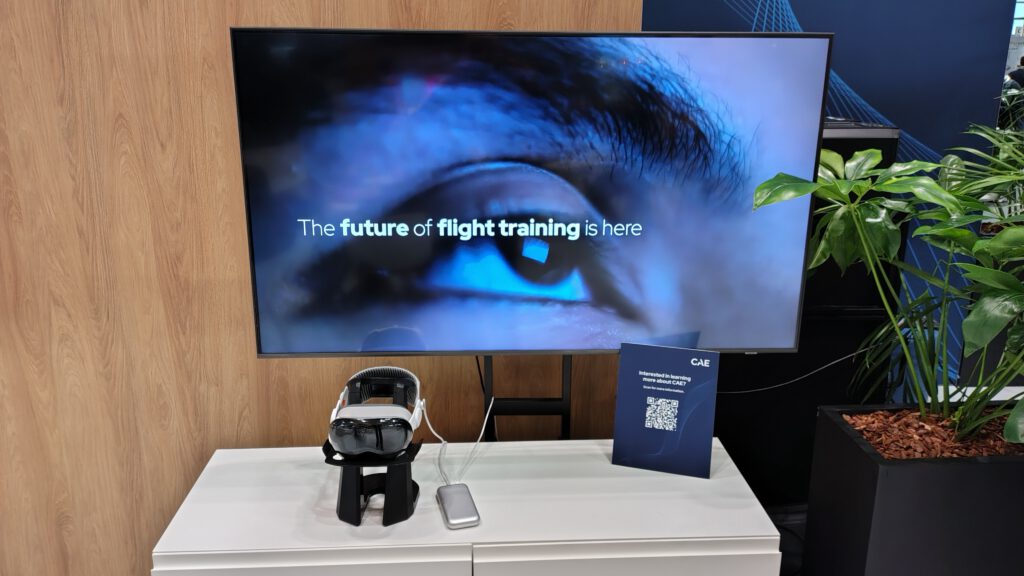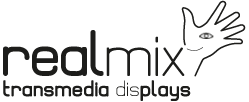The Metaverse may have lost some of its appeal in the consumer electronics space, but in the industrial sector, it remains highly relevant and is advancing rapidly. At Hannover Messe, numerous projects showcased the use of XR headsets across the fairgrounds, alongside cutting-edge developments in AI, cloud-based productivity workflows, and quantum computing for research and development. Even the CAVE systems reappeared from the 1990s with slenderized projection technology and LED screen walls.


Despite Microsoft’s recent discontinuation of the HoloLens and its broader retreat from XR initiatives, most industry and research demos at the event still relied heavily on the device. This is partly due to long-term planning around these applications, and partly because of a lack of viable alternatives. For now, the HoloLens remains the gold standard for industrial XR. According to several conversations at the fair, Magic Leap appears to be the most likely successor. Meanwhile, Apple’s Vision Pro remains largely peripheral to the core needs of industrial use cases.


Meta Quest, Vive Focus and Pico Enterprise headsets were widely used in various scenarios, particularly in preproduction planning, engineering, digital twin simulations, training systems, and gamified product visualizations. For more realistic training environments, Varjo headsets were preferred due to their superior visual fidelity. Although Apple Vision Pros were also present, they were mainly displayed in showcases with explanatory videos, likely because of the device’s complex configuration process, which is not well suited to trade show demos.


Beyond demos and visualizations, the integration of XR into real-world industrial workflows was especially compelling. In the automotive sector, XR is extensively used to monitor workflows on factory floors. In the healthcare industry, XR technologies are being combined with AI to support visual data analysis and training in VR, with real-world procedures later assisted through AR. A standout example came from Siemens, which presented a customized CAD system developed in collaboration with Sony’s MR headset. This solution included specialized controllers tailored to Siemens’ software, allowing seamless transitions between screen-based and spatial production environments.


Hannover Messe delivered an impressive range of practical XR, AI, and spatial computing applications, along with innovations in data visualization and projection systems. The continued success of the HoloLens in so many workflows raises the question, whether Microsoft exited the XR space prematurely – and which device, if any, will step in to fill the gap. The Apple Vision Pro, with its prosumer-oriented focus, seems unlikely to take on that role. More likely, we’ll see the rise of specialized solutions built with integrated system concepts – tools that become essential components of the increasingly complex industrial and scientific workflow ecosystems.
Following an invitation of VR Business Club in Germany

